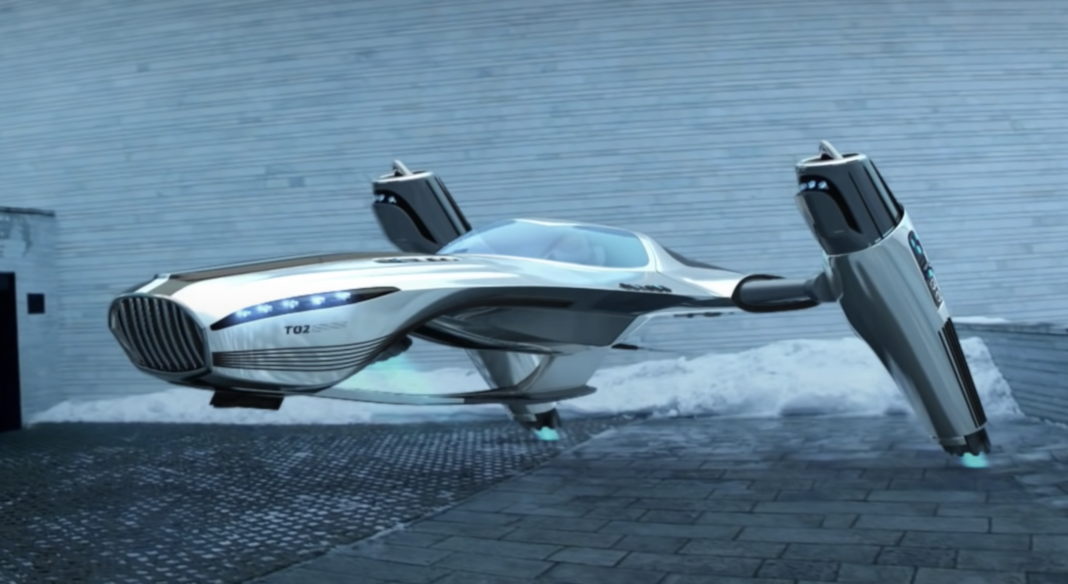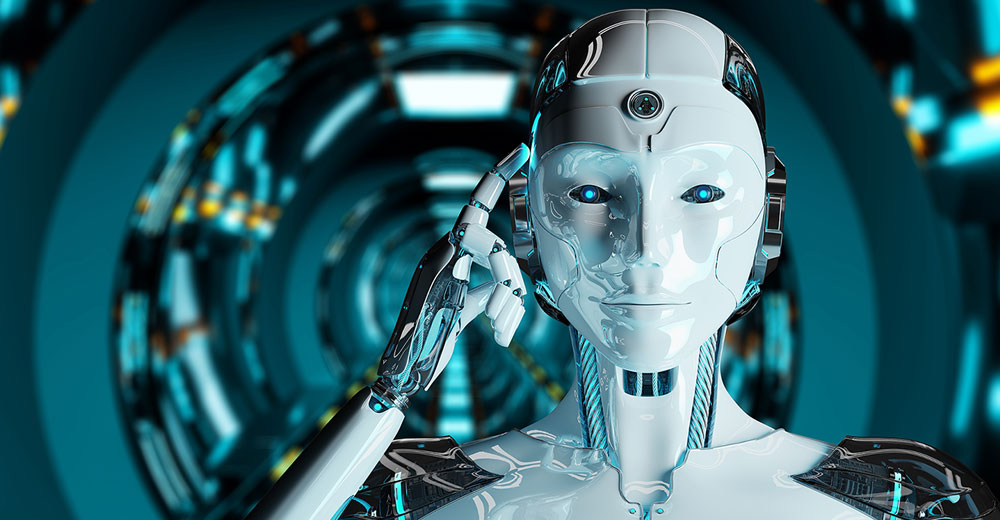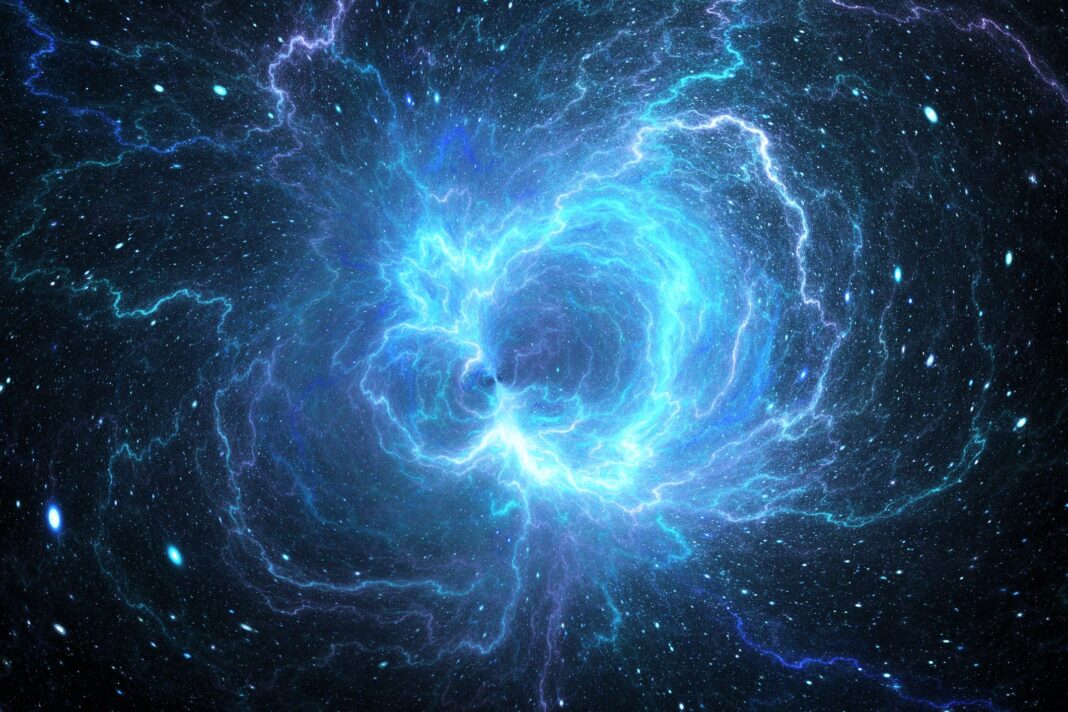In a leap toward transforming the aviation industry, scientists have achieved a groundbreaking feat: creating an aircraft that harnesses the power of ion propulsion, eliminating the need for conventional moving parts and fuel. Led by Steven Barrett from the Massachusetts Institute of Technology (MIT), a team of researchers has successfully developed an electrohydrodynamic-powered plane, marking a departure from propellers and jet engines. This pioneering achievement brings us closer to realizing a future of silent, efficient, and environmentally-friendly flight, resembling the futuristic visions of “Star Trek.”
The Ion Thruster Breakthrough: Published in Nature, the research outlines the development of an aircraft with a solid-state propulsion system. Unlike traditional aircraft that rely on fuel, this ion-driven plane features thin electrodes on its wings, charged to positive and negative voltages. The process involves ionizing air molecules to create ions, which, when accelerated by electric fields, generate an ionic wind that propels the aircraft. This revolutionary approach eliminates the need for propellers or jet engines, paving the way for a new era of flight technology.
Advancements Paving the Way: The notion of ion-driven flight dates back to the early 20th century, with scientists attempting to develop similar concepts. However, it is recent technological advancements that have finally made this achievement possible. Over the course of a series of test flights, the team managed to pilot an aircraft with a wingspan of 5 meters and a weight of 2.45 kilograms. These flights demonstrated the aircraft’s ability to glide silently and efficiently, achieving a thrust efficiency of approximately 2.6 percent.
From Drones to Future Possibilities: The immediate applications of this ion thruster technology are promising. Small drones powered by this system could operate near-silently, offering unique advantages over traditional propeller-driven drones. While the current prototype is limited in scope, the potential for larger aircraft in the future is captivating. Although Steven Barrett remains cautious about the prospect of passenger-carrying aircraft, the prospect of revolutionizing aviation remains a tantalizing possibility.
Comparisons and Future Endeavors: In a captivating comparison, the team reflects on the length of the plane’s flight (12 seconds) in contrast to the Wright Brothers’ historic 11-second flight in 1904. While not identical in significance, the achievement signifies a pivotal step forward in aviation history. Ongoing tests continue to refine and optimize the ion thruster system, with the ability to control the aircraft’s direction in the air using remote control being a recent milestone.
The development of an ion-driven aircraft represents a remarkable fusion of scientific ingenuity and futuristic inspiration. As we venture further into the realms of ion propulsion, the boundaries of flight technology are expanding, propelling us closer to a world where silent, efficient, and environmentally-conscious flight takes center stage. While the aircraft’s journey has just begun, the skies of the future hold the promise of transformation, where planes glide gracefully, harnessing the power of ions and embodying the awe-inspiring visions of “Star Trek.”
What is an ion thruster aircraft? An ion thruster aircraft is a pioneering concept that uses ion propulsion, eliminating conventional moving parts and fuel, to generate thrust and propel the aircraft.
How does ion propulsion work in aircraft? Ion propulsion involves ionizing air molecules using electric fields, creating ions that accelerate and generate an ionic wind, which propels the aircraft.
What are the benefits of ion-driven flight? Ion-driven flight offers silent operation, enhanced efficiency, and environmental friendliness, potentially revolutionizing aviation technology.
What are the potential applications of ion thruster technology? The technology could be applied to power small drones silently and efficiently, with future possibilities including larger aircraft with reduced environmental impact.
How does ion propulsion differ from traditional aircraft engines? Ion propulsion eliminates the need for conventional fuel and moving parts like propellers or jet engines, relying on electric fields to generate thrust.











